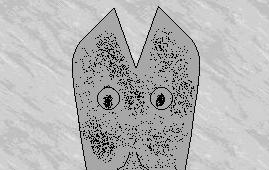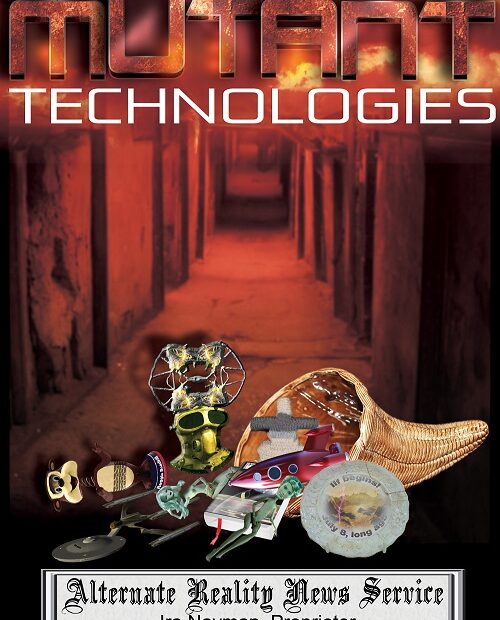by MARA VERHEYDEN-HILLIARD, Alternate Reality News Service Revolution Writer
The first rule of Simon Wars is that one Simon cannot overrule the says of another Simon. King Simon I of North York (born: Simon King) found this out the hard way.
North York was once a suburb of the city of Toronto; the only people who remember it at all are those who have been in a coma since the early 1980s and those who refuse to acknowledge that Mike Harris was once Premier of the Province of Ontario. Nowadays, it is more an empty state of mind than a reality, but it did give King Simon boundaries for a territory to conquer.
To lawyers, Simon said: “Simon says: write me a Constitution that will give me sovereign powers over the area that shall henceforth be known as The Kingdom of North York.” And, they did.
To advertising executives, Simon said: “Simon says: create an image of me that will resonate with the people and make them want to have me as their monarch.” And, they did.
When Parliament sent troops to North York to quell the budding separatist movement in its territory, Simon said to them: “Take me away and lock me up for the rest of my life with no hope of ever regaining my freedom.” When the soldiers moved to do just that, Simon waggled a finger at them and said: “Ah ah ah. I didn’t say: Simon says.”
The troops were stymied.
King Simon ruled for five years. However, as if by some natural law, to every Simon there is an equal and opposite anti-Simon. Within the first year of his reign, posters began to appear on the sides of buildings with the image of a mask of a gaunt but smiling face with red cheeks, a pencil thin moustache and goatee. At first, King Simon thought the mask represented Scarlett Johansson without makeup.
That was his first mistake.
A grassroots protest against King Simon’s tyranny began to grow (although whether a movement can be said to be grassroots when its members have been simonized into joining is a debatable point – perhaps it would be better described as a crabgrass protest movement). This seemed odd given that King Simon’s main actions were to turn the North York City Hall into a palace and to decree that Thursdays would henceforth be used to heat people’s homes in winter. On the Billingsley Tyranny Scale, this would put him below Manuel Noriega and just slightly ahead of Leona Helmsley. Hardly tyrannical at all, in fact. But, there you are. There will always be malcontents.
The movement, led by the masked figure known as “Simon Fawkes,” began to engage in acts of civil disobedience. In one memorable evening, Fawkes followers lopped the heads off of dozens of parking metres and placed them in the beds of Hollywood movie producers. Another time, a flash mob, all wearing Fwkes masks, appeared at Yonge and Sheppard, mimed eating chicken soup for 30 seconds and vanished as quickly as it had appeared. This act unnerved King Simon with its sheer incomprehensibility.
When he realized that he had a real insurgency on his hands, King Simon ordered his advertising executives to create a campaign that would convince the masses that there would be dire consequences for anybody who objected to his rule and, in any case, he wasn’t such a bad guy, really, once you got to know him. The commercials that were created alternated between images of puppies playing with chew toys and blooded bodies being thrown into dank dungeons, ending with the sovereign intoning, “I’m King Simon, and I say that I approved the hell out of this ad.”
Okay, the ad contained something of a mixed message. And, it’s true, that airing it during reruns of Royal Canadian Air Farce guaranteed that it would have a small audience. Still, the movement to depose King Simon only grew after it appeared.
In this way, King Simon learned the thirteenth rule of Simon Wars: you cannot command people through the media, you have to say “Simon says” in their physical presence. (The second rule of Simon Wars is: never bring a coffeemaker to a wine tasting. The third to twelfth rules of Simon Wars are not safe for work.)
Eventually, followers of Simon Fawkes stormed the City Hall Palace, forcing King Simon to face the reality of the first paragraph of this article. He was given a choice: exile to Scarborough or being Ezra Levant’s sidekick on Sun TV. He wisely chose exile.
As his final act before returning to the anonymity of a life acting in Canadian film, Fawkes told a room full of reporters: “Simon says: write this story so that future generations will know not to mess with the power of the people.” And, we did.


